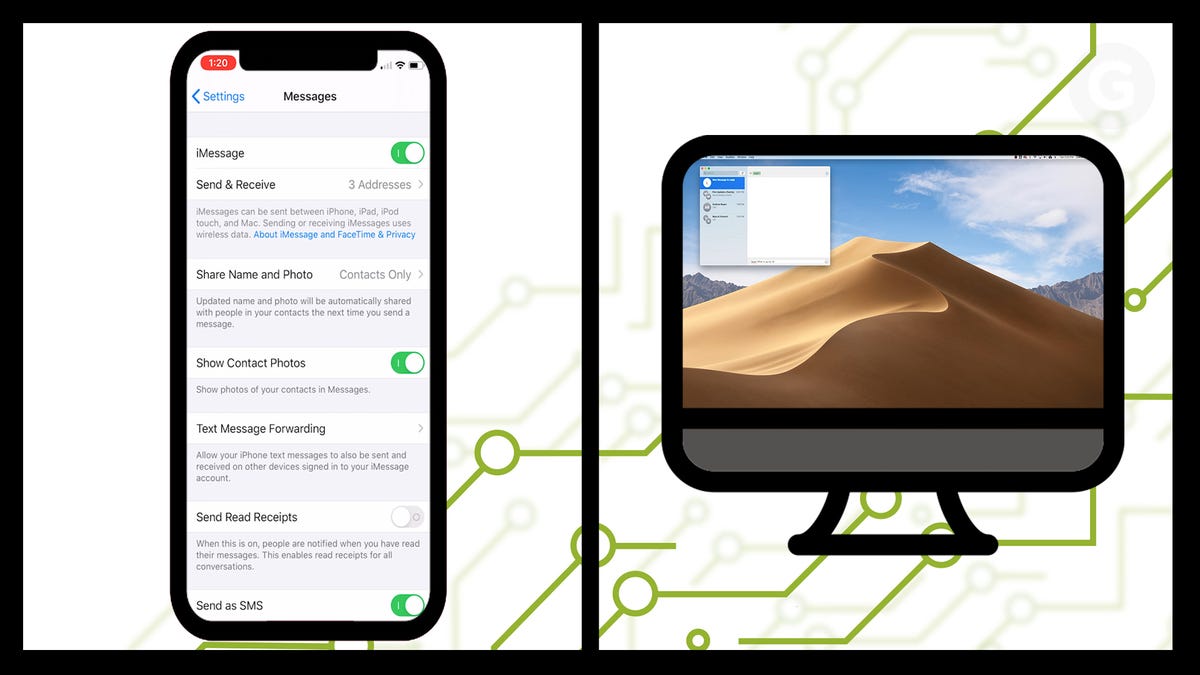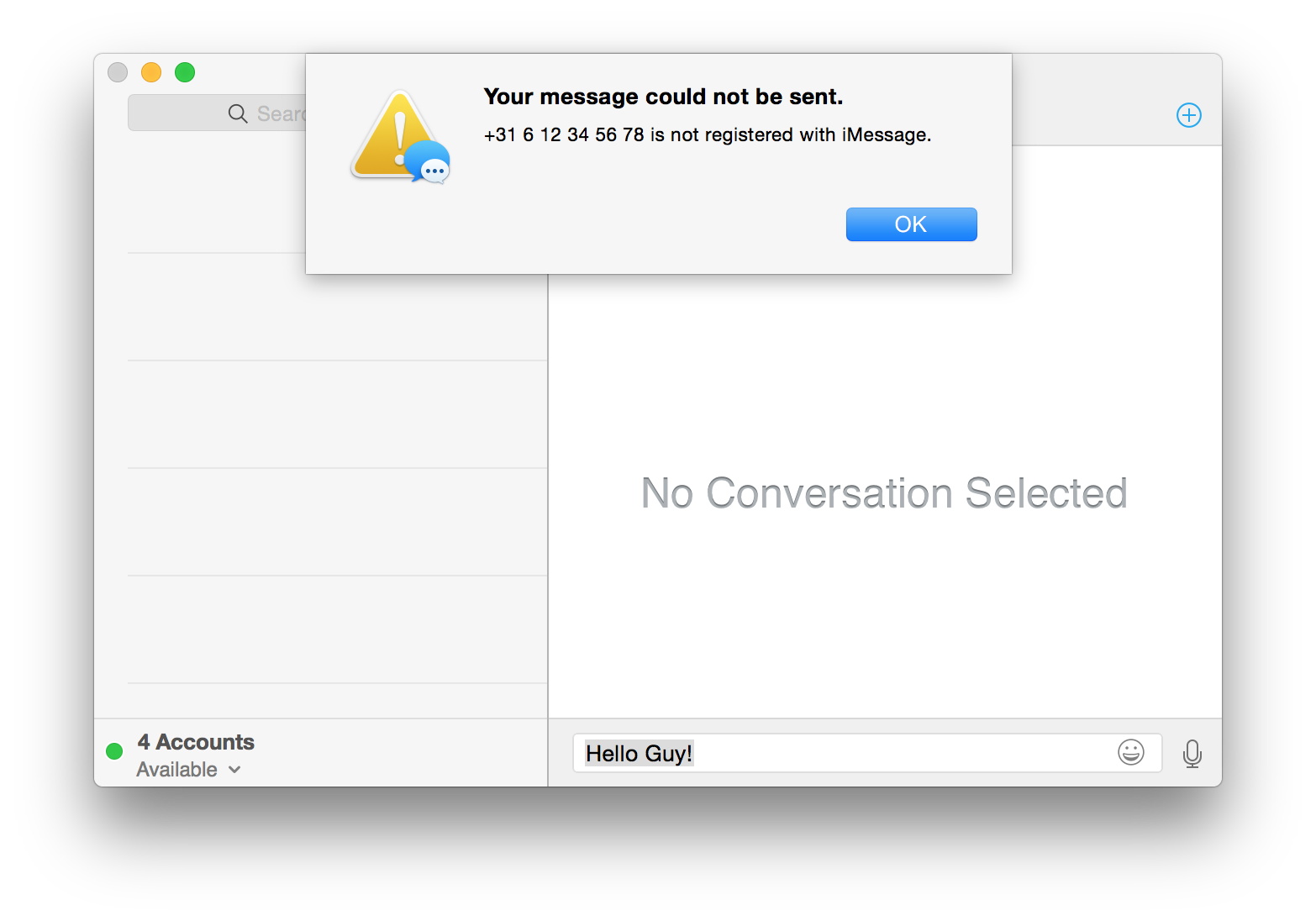

On the New Message window, you can either type your recipient’s Name, Email address, or phone number in the “To” field Or click on the +Plus icon and choose recipients from your Contacts List.Ĥ. Next, click on the New Message icon to start a New iMessage on your Mac (See image below).ģ. Sending an iMessage from your Mac is as easy as sending it from an iPhone.Ģ. The advantage of using Apple ID Email Address with the Messages App on your Mac is that it allows you to access Messages on any Apple device linked to the same Apple ID. This means that you are all setup to send and receive iMessages using your Apple ID. On the Preferences screen, click on the Accounts tab and make sure that the Email Address listed under “You can be reached for Messages at” is the same as your Apple ID Email Address (See image below) Next, click on the Messages tab in the top-Menu bar of your Mac and then click on Preferences option in the drop-down menu.Ĥ.
How to use messages on mac to text verification#
Note: You may be asked to enter your verification code, in case you have enabled two-step authentication for your Apple IDģ. You will be prompted to sign-in using your Apple ID Email Address and Password (See image below) Open the Messages app on your Mac by clicking on the Messages icon in the Dock of your Mac.Ģ. Setup iMessage Service on Macįollow the steps below to setup iMessage service on your Mac, in case you had missed setting up iMessage during the setup process of your Mac or want to confirm whether or not iMessage has been properly setup on your Mac.ġ.

The main advantage of using the Messages app on Mac is that you can be faster and more accurate while sending Messages, compared to sending Messages using the limited screen and virtual keyboard of an iPhone.Īlso, it is really easy to search for and attach files and images to Messages sent from a Mac.


 0 kommentar(er)
0 kommentar(er)
